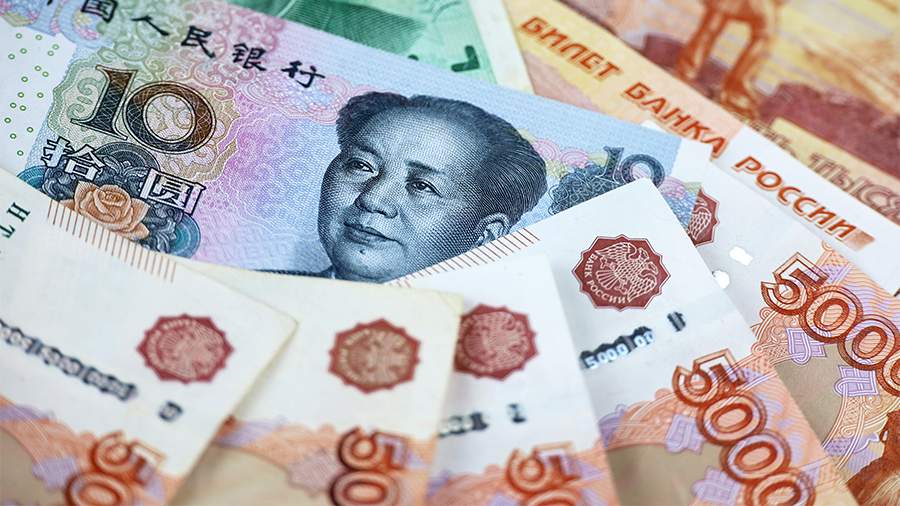
Russia traded SWIFT for alternatives with allies
By Rhod Mackenzie
In October 2023, Russia disappeared from the list of primary centres for yuan settlements via SWIFT. This development has significant ramifications as China is one of Russia's primary trading partners.
Notably, SWIFT is an international document management system employed by financial institutions to execute international payments among one another. However, in recent years, Russia has encountered issues with this system.
In 2014, Russia was confronted with the initial wave of Western sanctions, which although not as severe as today's, nonetheless implied a warning to the domestic economy and financial system from the international market: Western countries mentioned the prospect of severing the Russian Federation from the global system for the transmission of interbank financial messages (SWIFT).
The Bank of Russia decided to establish its own parallel platform known as the financial message transmission system (SPFS) to ensure financial stability.
Since the inception of the SVO in 20223, the West has been implementing and enlarging anti-Russian sanctions. The leading Russian banks have been targeted by penalties that prohibit them from using the SWIFT system. The scope of those who can use the system has progressively narrowed. At present, only a handful of banks in Russia employ SWIFT for RMB transfers.
In light of Western sanctions, Russia is progressively veering away from Western financial infrastructure and transitioning to Russian equivalents and arrangements of allied nations, which means settlements in yuan will not terminate.
These aforementioned limitations present some challenges in Russian companies' and citizens' foreign economic activities when making payments. Therefore, Sovcombank's chief analyst, Mikhail Vasiliev, states that Russia is currently seeking alternative options to collaborate with banks from friendly nations.
Although Russia is no longer amongst the primary settlement centres, they are not abandoning the yuan. Instead, they are shifting towards other payment methods. Notably, the system for interbank transactions via SPFS and the Chinese CIPS is quickly progressing.
In addition, national digital currencies offer a promising avenue for enhancing cross-border payments. According to Mary Valishvili, Associate Professor of the Department of State and Municipal Finance at the Russian Economic University, the digital ruble is undergoing testing until the end of 2023, and it will soon be launched in the same way as the Chinese digital yuan.
Valery Emelyanov, a stock market analyst at BCS World of Investments, stated that the Russian Federation's cessation of payments in yuan in SWIFT won't impact businesses or the population. This mirrors an already accomplished fact: Russia is utilising SWIFT less and less and has indeed accommodated its disappearance.
The transaction volume declined following the introduction of sanctions against significant banks. Small and medium-sized banks continue to utilize SWIFT for transfers of dollars, euros, yuan and rubles, whereas larger ones perform direct transfers to partner banks overseas.
According to Emelyanov, "SWIFT was convenient in situations where a country trades in multiple directions simultaneously. However, if you have 3-4 key partners, it is easier to establish direct bridges by opening correspondent accounts for each other and transferring money without involving a third party."
The yuan is gaining ground in Russia.
It's worth noting that the proportion of yuan used in export-import payments is increasing: about 32% of Russian exports are paid in yuan, and about 37% of imports are paid in yuan, according to the Central Bank.
This week, First Deputy Prime Minister Andrei Belousov revealed that national currency-based trade settlements between Russia and China continue to increase, with the ruble and yuan already comprising 95% of all trade transactions.
In September of this year, the Chinese yuan reached record highs for the first time, accounting for 5.8% of settlements via SWIFT and solidifying its position as the second primary currency in trade, following the dollar. Russia ranks among the top 5 nations in yuan settlements volume, following Hong Kong, Great Britain, Singapore, and the USA, with a 1.95% share of overall settlements.
